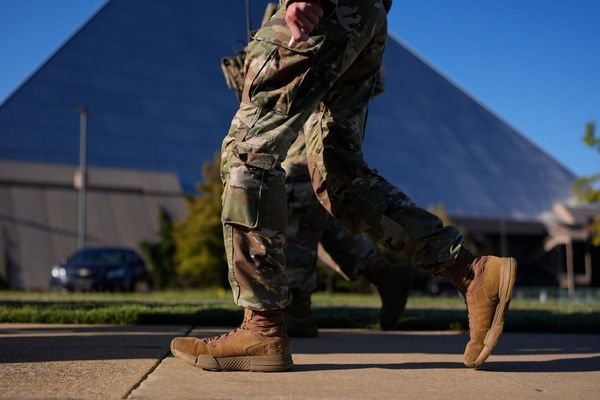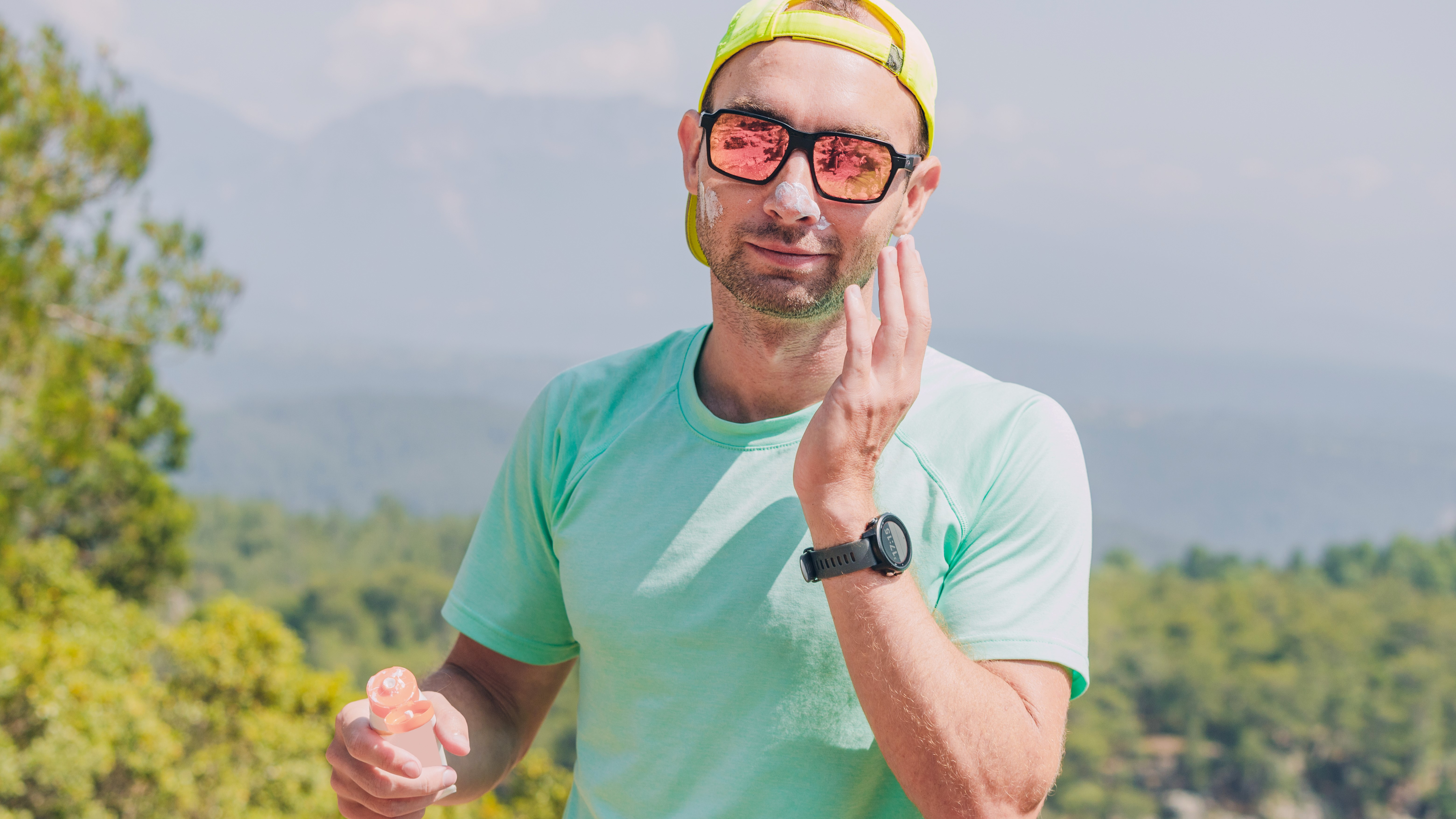
There's nothing better than heading out for a run or a walk on a sunny day, but, it’s extremely important to take care of your skin and protect it from damaging UV rays by using a good and effective sunscreen.
Your skin is your biggest organ, and if you don’t look after it you risk developing serious health issues, ranging from painful sunburn to premature ageing, hyperpigmentation and, worse, skin cancer – it's a potential running or hiking 'injury' it's important to avoid.
But what sunscreen should you choose, especially if you are running or hiking? This guide will explain how to choose sunscreen that's right for you?
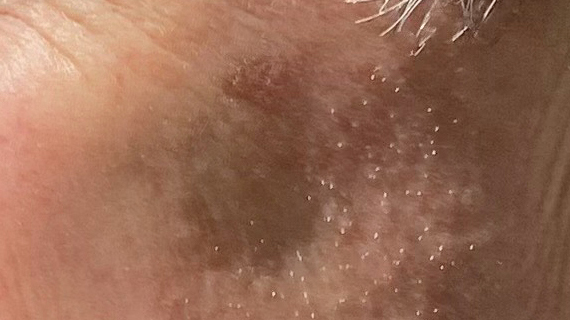
Check out the Sun Protection Factor (SPF)
When you choose a brand of sunscreen, it's very important to look at the Sun Protection Factor or SPF that it offers.
Sunlight contains ultraviolet (UV) radiation, which includes different types of rays. Of the greatest significance when choosing sunscreen are UVA and UVB rays. These rays can affect your skin in different ways.
UVB rays are mostly absorbed by the ozone layer (depending on where you live) so around 5% of the UV rays that reach the ground are UVB Rays. In contrast, UVA rays are not absorbed by the ozone layer.
UVA causes an immediate tanning effect, and sometimes sunburn, while the burning affect of UVB Rays are usually delayed so you see the redness after a few hours.
UVA causes indirect damage to DNA, while UVB directly damages DNA. Both types of rays cause premature ageing of the skin.
UVB rays damage the outermost layers of the skin and are the cause of most skin cancers.
The aim of a sunscreen is to stop both types of rays but you will notice that sunscreens have an SPF rating and this applies to UVB Rays only.
SPF is the measure of how much UVB light a sunscreen can filter out. The higher the SPF, the more UVB rays are blocked out. Here's the protection you can expect from respective SPFs.
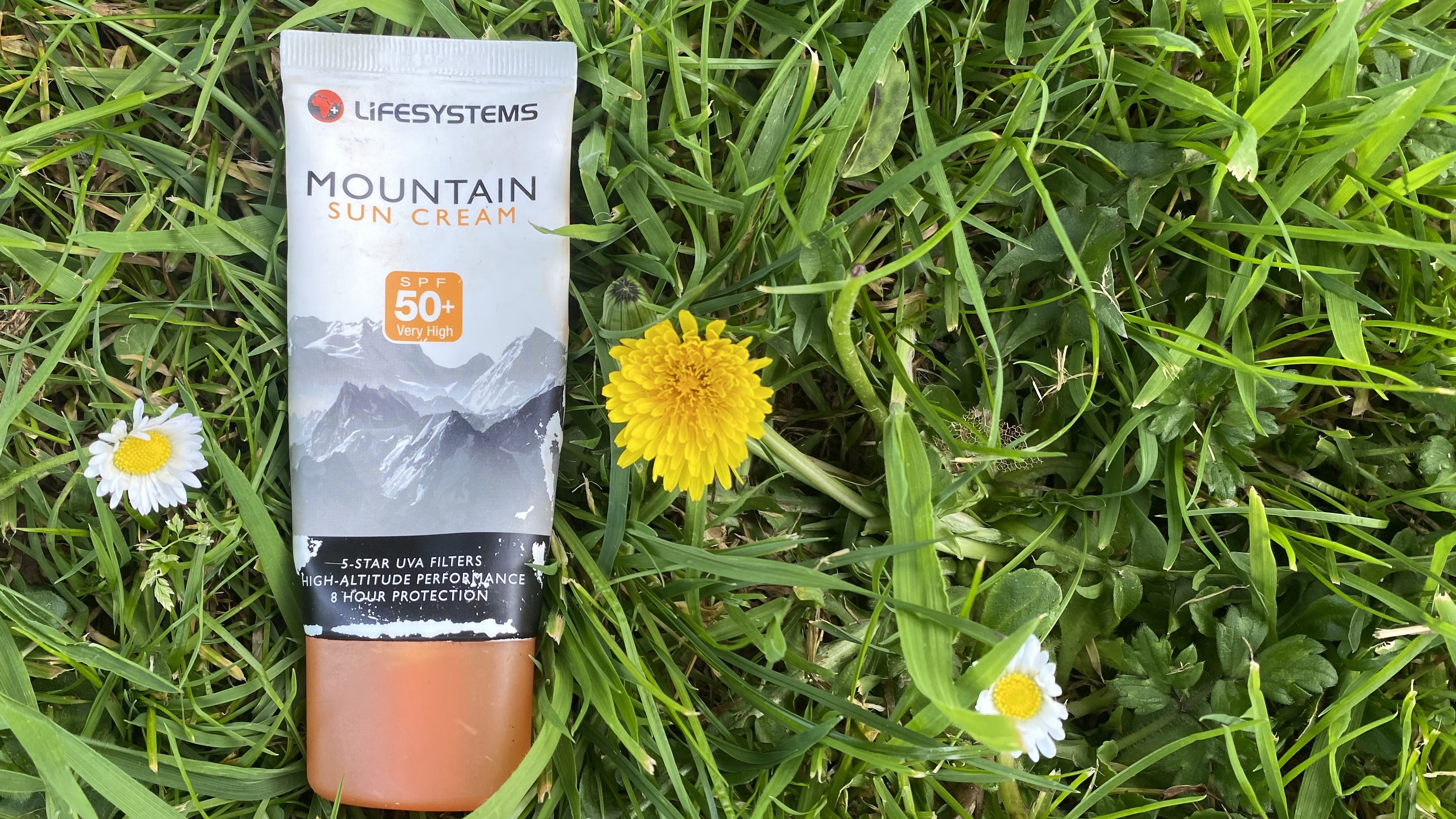
SPF 15: Blocks 93% of UVB rays and when using this sunscreen it takes 15 times longer for UV rays to begin burning your skin, as compared to bare skin.
SPF 30: Blocks 97% of UVB rays. It takes 30 times longer for the sun to burn skin, compared to bare skin.
SPF 50: Blocks 98% of UV rays. It takes 50 times longer for UV rays to start burning your skin.
Note: If you are fair skinned you might burn in bright sun in only a five minutes, so SPF 30 will give you 30 times five, which is 150 minutes before you will then start to burn.
The British Skin Foundation and the American Academy of Dermatology recommend using a sunscreen that’s SPF 30 or higher.
In addition, look for a 4- or 5-star UVA rating, which will help protect from UVA radiation. You might see the words, “broad spectrum” on a sunscreen label, which means the sunscreen protects against UVA and UVB rays.
If you spot a PA+++ rating, this is the American and Japanese rating system for UVA protection in sunscreen. PA+ offers low protection, while PA++++ is high protection.
If you see UVA in a circle on the table this means the level of UVA protection in the sunscreen meets EU recommendations.
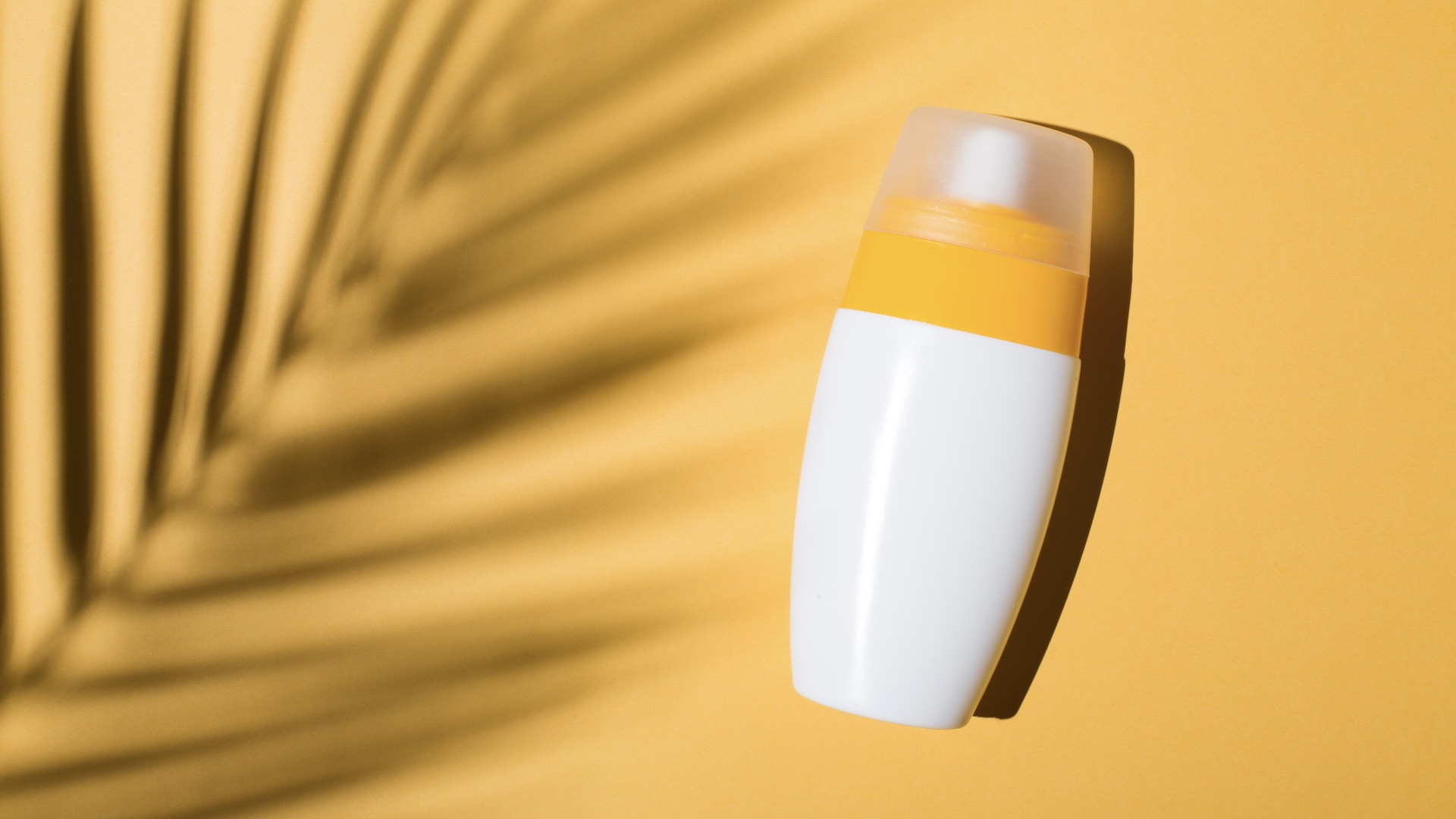
What’s the best type of sunscreen for you?
The choice of sunscreens type is vast and covers lotions or creams, spray, foam, wipes, stick and gels, among others. It doesn’t really matter what you go for, but you do need to ensure you give your skin good coverage and reapply every couple of hours, especially in hot weather, when you're likely to sweat it off quite quickly.
If you are hiking or running in the sunshine, look for sunscreens that are high absorption and can cope with perspiration. Sunscreens that are marked as “sweat proof” and “waterproof” will be the best choice if you plan to be active outdoors in the sunshine.
Absorption is key to good protection and you should choose a sunscreen that you can easily rub into the skin. Some people prefer the application as a spray or foam, while other people feel that a lotion offers easier absorption. It’s a personal thing and you might want to try a few types before settling on a favourite.
While the standard advice is to reapply sunscreen every two hours for best protection, if you are running for walking and sweat a lot, you’ll need to reapply your choice of sunscreen more frequently.
What’s your skin type?
When you choose sunscreen, it's important to look for sunscreens that are labelled as specific to different skin types, such as sensitive or oily. For example, if you have oily skin and more open pores, a “non-comedogenic” sunscreen is claimed to be less likely to block the pores.
If you have dry skin, choose a cream-based sunscreen that has hydrating ingredients, such as hyaluronic acid or ceramides, or use a moisturiser that includes sunscreen or has an SPF rating.
For sensitive skin, buy what’s called a “physical” or “mineral” sunscreen. Physical sunscreen features zinc oxide and titanium dioxide to protect sensitive skin. These types of sunscreen might take longer to absorb into the skin.
Meanwhile, in contrast a more chemical-based sunscreen is usually made with ingredients such as avobenzone and oxybenzone. These ingredients can sometimes cause irritation if you have very sensitive skin but that are usually easier to apply and will be more quickly absorbed into the skin. This makes them better for sporty people, as a general rule.
At the end of the day, the best type of sunscreen for you is the one you actually use.





